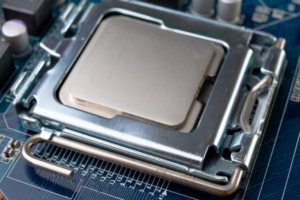Innovations in Design: The Evolution of the Apple iMac
The iMac, a flagship product of Apple Inc., has been a game-changer in the world of computers since its inception in 1998. Its evolution over the years has showcased Apple’s commitment to innovative design, user-friendly technology, and high-performing systems. Let’s delve into this journey of transformation that has made the iMac what it is today.
The First iMac (1984)
The iMac journey began with the Macintosh 128K, released in 1984. In a landscape dominated by the IBM PC, the Macintosh was a breath of fresh air. It was the first computer to feature a graphical user interface (GUI) and a mouse, revolutionizing the way people interacted with computers.
The iMac G3 (1998)
The iMac truly came into its own with the iMac G3, introduced in 1998. Sporting a transparent, colored plastic shell, the iMac G3 was a stark departure from the beige box PCs of the time. It had a friendly, approachable design, reflecting Apple’s vision of making technology accessible to everyone.
The iMac G4 (2002)
The iMac G4, released in 2002, featured a radically different design. The monitor was attached to the base by a swivelling arm, allowing users to adjust the viewing angle with ease. It was a clear demonstration of Apple’s relentless pursuit of user-friendly design and functionality.
The iMac G5 and Intel Transition (2004-2007)
The iMac G5, launched in 2004, was the first iMac to incorporate the entire computer into the flat panel display, a design characteristic consistent in subsequent models. In 2006, Apple made a significant shift from PowerPC chips to Intel processors, resulting in faster, more efficient iMacs.
The Slim Unibody Design (2012-present)
In 2012, Apple unveiled a new iMac design, featuring a slim, unibody aluminum casing. The current iMacs retain much of this design, with the display edge measuring just 5mm. As of 2020, Apple has started a transition to its own Apple Silicon chips, marking a new era of performance and efficiency.
From the Macintosh 128K to the latest iMac, Apple has consistently endeavored to push the boundaries of design and functionality. If you’re interested in experiencing these design innovations firsthand, check out the iMac range on LFO.
The iMac’s evolution is a testament to Apple’s commitment to innovation, user-experience, and aesthetic design. As technology continues to advance, we can only imagine what the future holds for the iMac and how it will continue to redefine our interaction with technology.



